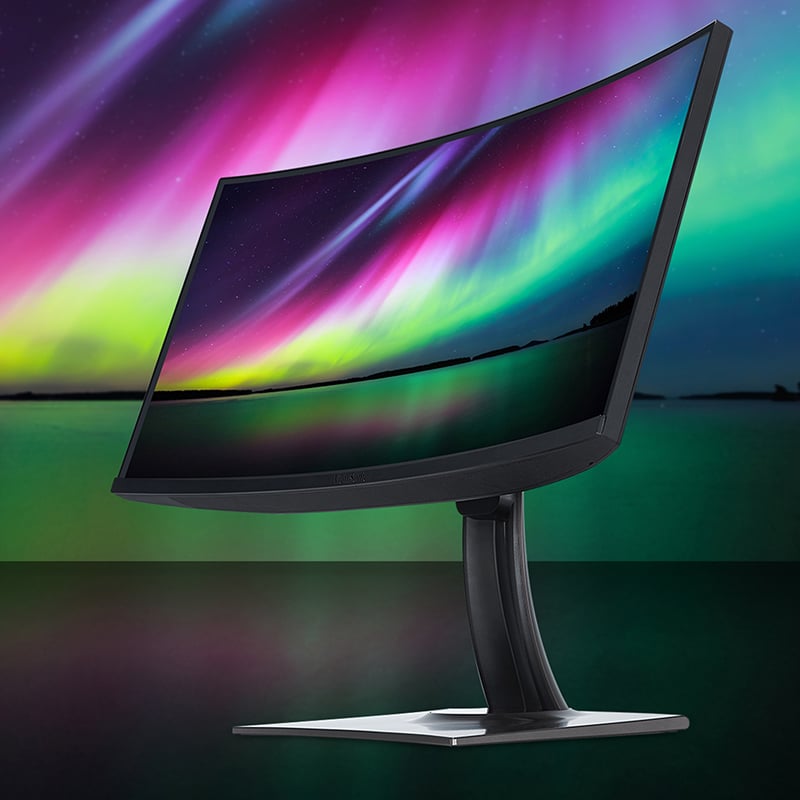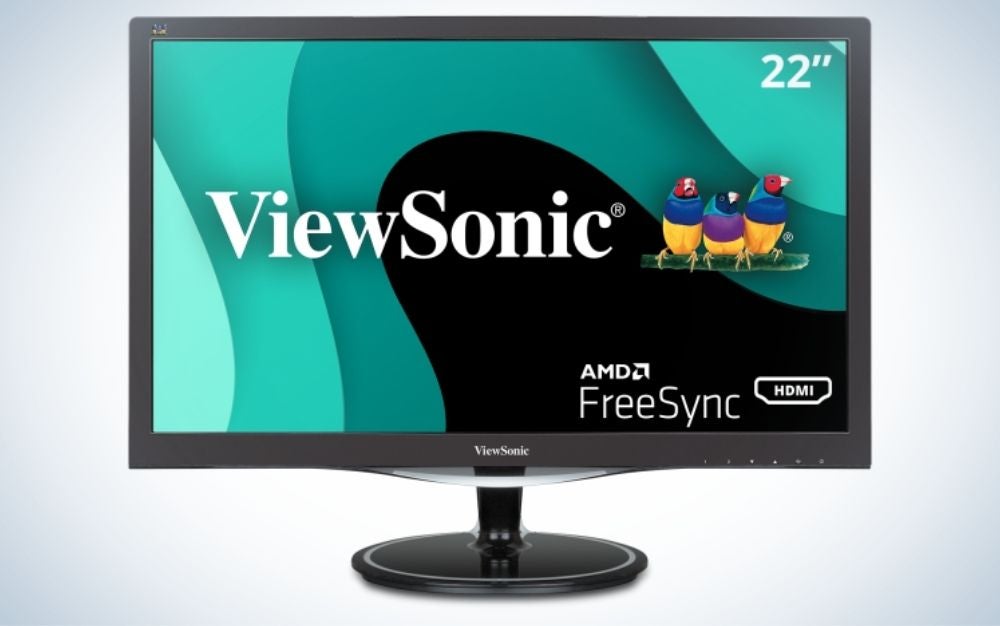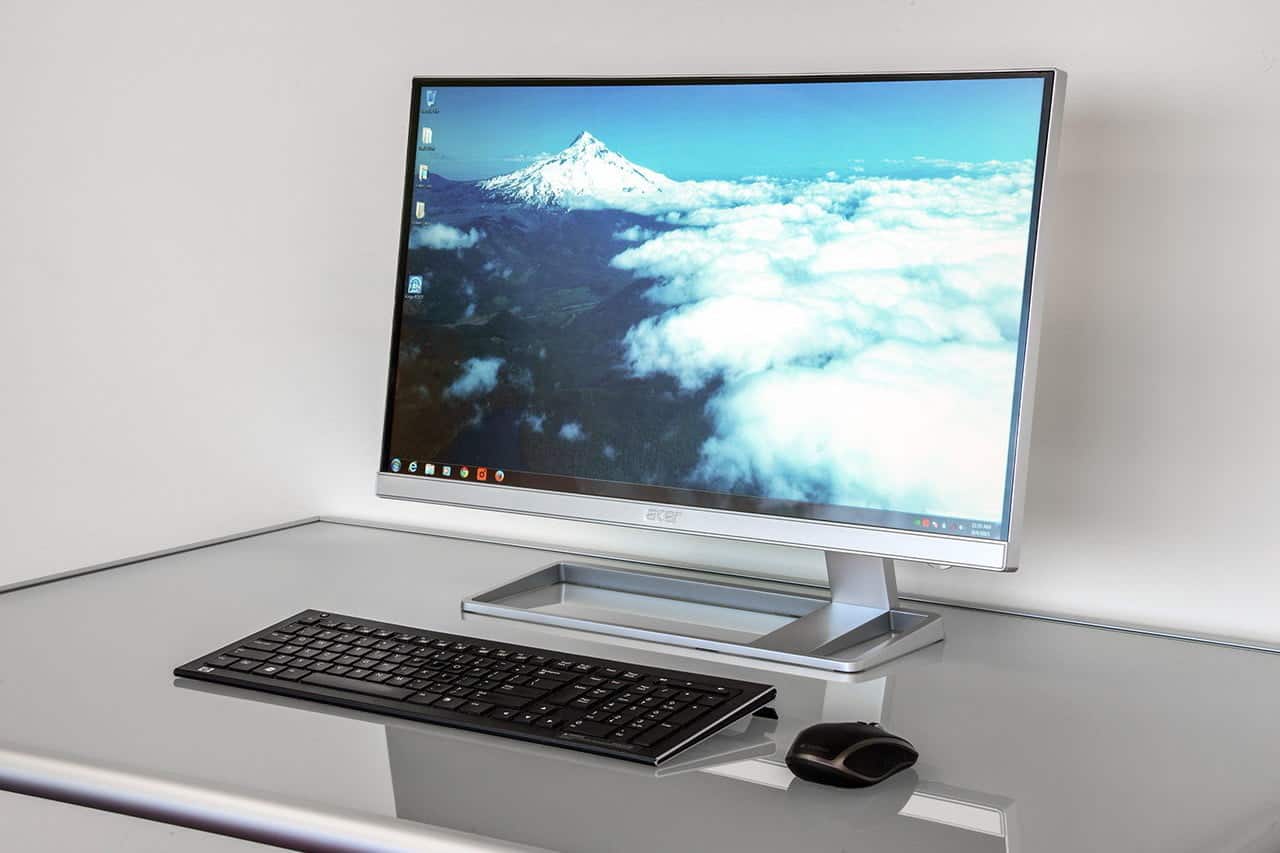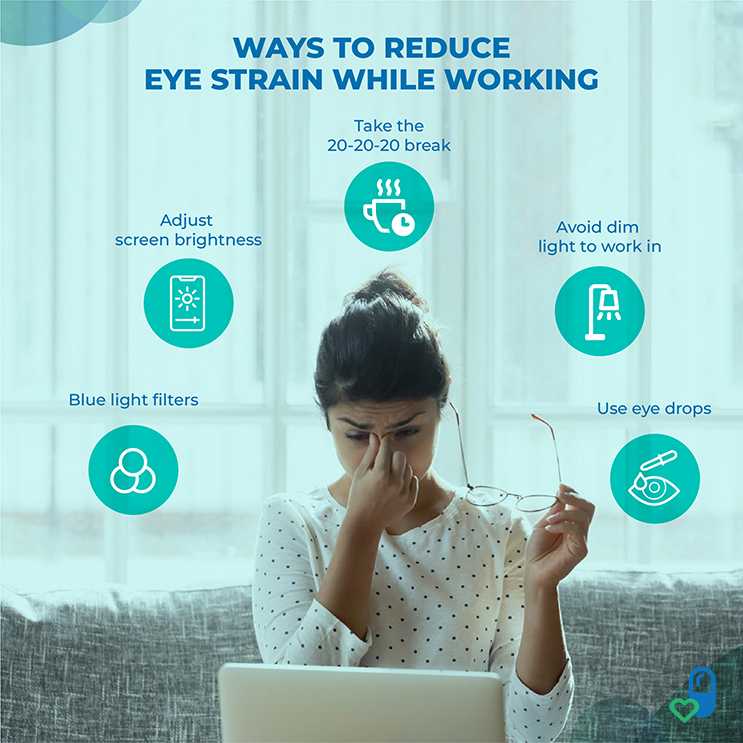Best Computer Screen For Eye Strain

In today's digital age, we spend countless hours staring at computer screens. This constant exposure can lead to digital eye strain, characterized by symptoms like headaches, blurred vision, and dry eyes. But fear not, value-conscious shopper! Choosing the right monitor can significantly reduce these issues and improve your overall well-being.
This article aims to guide you through the maze of monitor specifications and features. We'll focus on finding the best computer screen for eye strain that aligns with your needs and budget. Let's dive in!
Why Choosing the Right Monitor Matters
A monitor isn't just a display; it's a crucial tool for productivity and entertainment. An inadequate monitor can lead to eye strain, impacting your focus, efficiency, and even your sleep quality.
Investing in a monitor designed to minimize eye strain is an investment in your health and productivity. This guide prioritizes features like blue light reduction, flicker-free technology, and ergonomic adjustability.
Shortlist: Top Eye-Strain Reducing Monitors
Here’s a quick overview of our top picks, catering to different needs and budgets:
- Best Overall: BenQ GW2780
- Best Budget Option: ViewSonic VP2430
- Best for Professionals: EIZO FlexScan EV2795
- Best Ultrawide: LG 34WN80C-B
Detailed Reviews
BenQ GW2780: The All-Around Champion
The BenQ GW2780 stands out with its Brightness Intelligence Technology (B.I. Tech.). B.I. Tech automatically adjusts screen brightness to match ambient lighting, preventing overexposure and reducing eye fatigue.
It also boasts Low Blue Light Plus technology and Flicker-Free performance, providing a comfortable viewing experience. Its sleek design and affordable price make it an excellent choice for everyday users.
ViewSonic VP2430: Budget-Friendly Eye Comfort
The ViewSonic VP2430 offers excellent value for its price. It features flicker-free technology and a blue light filter to minimize eye strain during long work sessions.
While it may lack some of the advanced features of more expensive models, it provides a comfortable and affordable solution. It’s great for students or those on a tight budget.
EIZO FlexScan EV2795: Professional-Grade Comfort
The EIZO FlexScan EV2795 is designed for professionals who demand the best in image quality and eye care. It incorporates features like Auto EcoView, which automatically adjusts screen brightness based on ambient light conditions.
It also boasts flicker-free technology and a low blue light mode, certified by TÜV Rheinland. While it comes at a premium price, the EV2795 provides unparalleled comfort and performance for demanding users.
LG 34WN80C-B: Immersive Ultrawide Experience
The LG 34WN80C-B is an ultrawide monitor that offers an immersive viewing experience while prioritizing eye comfort. Its wider screen reduces the need for constant head turning, minimizing neck and eye strain.
It also features Reader Mode, which reduces blue light emissions for more comfortable reading. With its stunning picture quality and eye-care features, the LG 34WN80C-B is an excellent choice for multitasking and entertainment.
Side-by-Side Specs Table
| Monitor | Screen Size | Resolution | Panel Type | Flicker-Free | Low Blue Light | Brightness Intelligence | Ergonomic Stand | Price Range | Eye Strain Score (1-10) |
|---|---|---|---|---|---|---|---|---|---|
| BenQ GW2780 | 27 inch | 1920x1080 | IPS | Yes | Yes | Yes | Tilt | $ | 9 |
| ViewSonic VP2430 | 24 inch | 1920x1080 | IPS | Yes | Yes | No | Tilt, Swivel, Pivot, Height | $ | 8 |
| EIZO FlexScan EV2795 | 27 inch | 2560x1440 | IPS | Yes | Yes | Auto EcoView | Tilt, Swivel, Pivot, Height | $$$ | 10 |
| LG 34WN80C-B | 34 inch | 3440x1440 | IPS | Yes | Yes (Reader Mode) | No | Tilt, Height | $$ | 8.5 |
Price Range: $ (Budget-Friendly), $$ (Mid-Range), $$$ (Premium)
Practical Considerations
Beyond monitor features, several practical factors contribute to reducing eye strain. Proper monitor placement is crucial; position the screen at arm's length and slightly below eye level. Ensure adequate lighting in your workspace to reduce glare and contrast.
Take regular breaks using the 20-20-20 rule: every 20 minutes, look at something 20 feet away for 20 seconds. This simple technique can significantly alleviate eye fatigue. Remember that screen resolution impacts sharpness.
Higher resolution generally leads to less eye strain. Finally, consider your specific needs and usage patterns. Do you primarily work with text documents, or do you engage in graphic-intensive tasks?
Key Takeaways
Choosing the best computer screen for eye strain involves careful consideration of several factors. Features like flicker-free technology, low blue light emissions, and brightness adjustment play a crucial role. Ergonomics, including monitor placement and regular breaks, are equally important.
Consider your budget, specific needs, and usage patterns to make an informed decision. Ultimately, the right monitor can significantly improve your comfort, productivity, and overall well-being.
Take Action
Ready to say goodbye to eye strain? Start by assessing your needs and budget. Then, explore the recommended monitors and compare their features. Invest in your eye health and enjoy a more comfortable and productive computing experience. Click on the product links to learn more and make your purchase today!
Frequently Asked Questions (FAQ)
Q: What is blue light and why is it harmful?
A: Blue light is a high-energy visible light emitted by electronic devices. Excessive exposure can disrupt sleep patterns and contribute to eye strain.
Q: What is flicker-free technology?
A: Flicker-free technology eliminates the screen flickering that can cause eye fatigue. It provides a more stable and comfortable viewing experience.
Q: How important is monitor resolution?
A: Higher resolution generally leads to sharper images and less eye strain. Consider a higher resolution if you spend long hours working with text or graphics.
Q: Can monitor placement really make a difference?
A: Absolutely! Proper monitor placement can significantly reduce neck and eye strain. Position the screen at arm's length and slightly below eye level.
Q: What if I wear glasses?
A: If you wear glasses, consider anti-glare coatings to reduce reflections. Ensure your prescription is up-to-date for optimal vision correction.


















